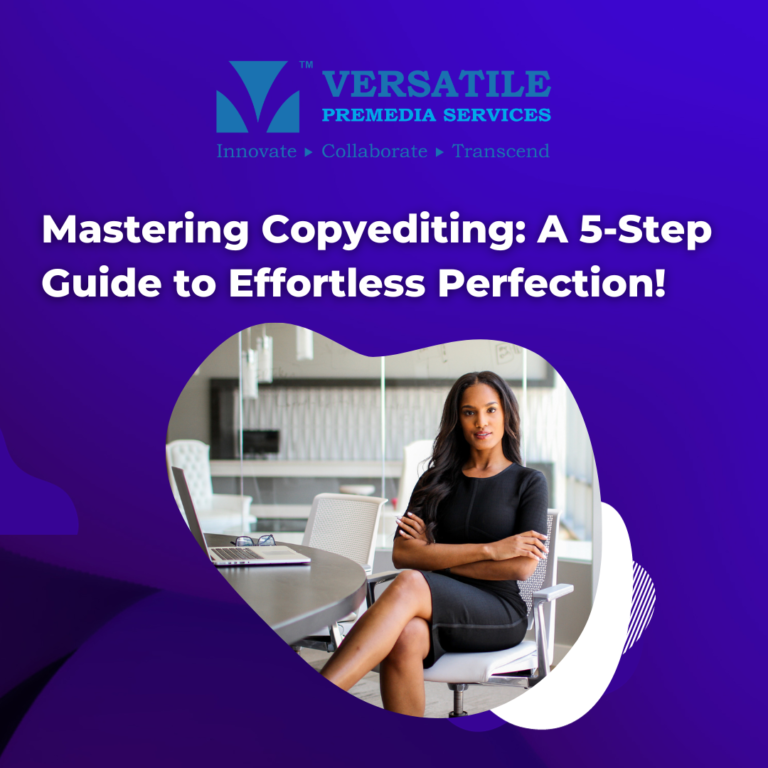Great opening lines have the power to lure your reader enough that it would be impossible to set the book down. Sure, it’s exciting to come up with great lines. As long as, that first line makes someone want to read the second and that takes them to the third… you’re on the right track.
It’s also important to know that this opening line can be the very last thing you write before your book is finished.
It goes without saying “Remarkable first lines can instantly invite us to an image’. They let us into a scene.
Well, how then, does one write that “Perfect First Line?
Let’s see—-
Ideal First Lines Must Establish a distinctive Voice— We like to hear stories from people who sound fascinating and unique, and perfect first lines introduce the reader to a character’s unique voice. Voice is the curious word type, tone, and phrasings characters use. The remarkable thing about a quirky voice is that it can be just as graphic as the description.
Flawless first lines must sound Realistic— Great first lines can lead us to an actual scene. There is use of images, lighting, and tone to set the mood that the rest of the opening pages will take.
First-line can come as a surprise— How do you quickly show the world you’re describing something slightly off from the real world? Unexpected lines can be astonishing. It should be able to startle the reader.
First-line can be humorous—- Laughter is closely associated with surprise, and great first lines are often hilarious. You can reveal a character being funny via that first line.
The exciting thing about writing a book is that you get to choose what kind of opening line you want and what type of sentence appropriately works for your writing. You can either drop the reader in the middle of a scene or introduce a conflict. There is no one right way to do it.
There’s no formula for a first line. It should create interest in the audience and speak to their heart. Some of the best opening lines stand remarkably well on their own, having enough muscle to allow you to munch on it for a pretty good time.
That ‘Defect less first line’ takes many shapes and forms. Be patient as you look for that one perfect line. It might take longer than you think to find it, but it’s all worth in the end.
Remember, a high first line can hook your reader through the rest of your story. Keep searching for it!



